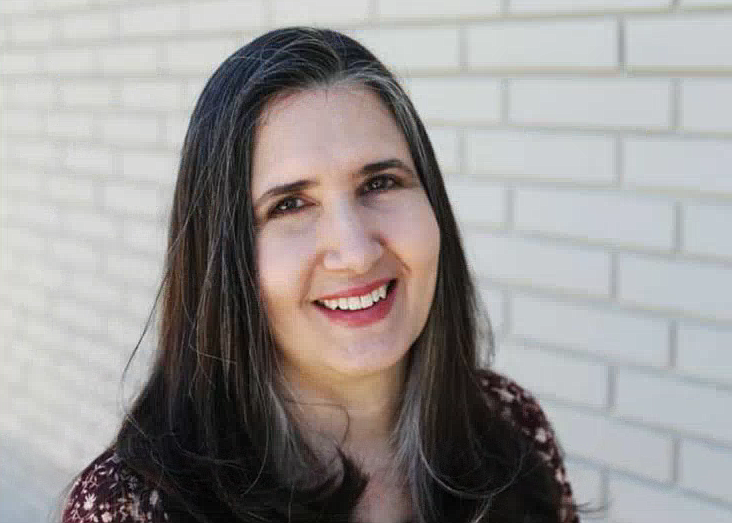What is ‘critical theory’?
SHOLEH PATRICK | Coeur d'Alene Press | UPDATED 3 years, 1 month AGO
The word “critical” has two definitions. One is seen as negative, a form of judgment and disapproval. The other has a more constructive aim and potential, defined by Oxford Dictionaries as a critique “expressing or involving an analysis of the merits and faults.”
Critical theory, a half-century old philosophy with century-old roots, is about the latter.
The thing is, despite its age few of us had ever heard of critical theory before CRT hit headlines, so we mistakenly think of it as only about race. That’s like calling chemistry the only science.
Like the variety of social sciences it explores (e.g., law, education, history, economics, media), there are many different types and applications of critical theory reaching into different aspects of society, culture, and government.
Let’s start with history.
According to the Stanford Encyclopedia of Philosophy, critical theory’s many different aspects and historical phases cross several generations, effectively starting when the Institute for Social Research opened at University of Frankfurt in 1929. That’s where a group of researchers and theorists called the Frankfurt School philosophers was born, led by Max Horkheimer and Theodor Adorno, who are credited with developing critical theory.
At first, they were focused on deconstructing Fascism which was rising in Germany as a dominant viewpoint, but their philosophy reached far beyond that, examining other aspects of, and problems in, societies.
Their theory’s stated focus: Freedom for all humankind to participate in democracies, by identifying whatever strictures in society prevent it and how to transform them.
“Critical” theory, according to Horkheimer’s essays, differs from traditional theories because it seeks human “emancipation from slavery” (meant as a broad term), acts as a “liberating … influence,” and works “to create a world which satisfies the needs and powers of” human beings.”
Critical theory thus extends to ethics, political philosophy, and the philosophy of history within the social sciences. And unlike traditional theoretical methods, they wrote, its goals include identifying a specific plan to effect change within the system that will lead to greater freedom for everyone participating in it.
Today, the most talked about focus is identifying and correcting racial disparities within systems and institutions. However, that’s not the only example of critical theory, even if its role in effecting positive change has been less in the limelight before now.
About 50 years ago, “critical law theory” scholars documented how women who reported rape were further victimized by the legal process, essentially placing the blame on victims. That obviously deterred most women from reporting it to law enforcement and allowed those crimes to occur more freely.
Today we know better, because research by such critical theorists led to reforms in the judicial system and laws, with a new cultural understanding of sexual assault, better protections, and fairer prosecutions.
In that example, applied critical theory led to years of open dialogue which transformed our culture, resulting in more freedom and equal justice for women. That change started by examining ideas so ingrained in our culture, we hardly noticed and weren’t used to criticizing them.
That’s the big idea the Frankfurt School focused on with their new theory: Looking first at psychological and philosophical assumptions so much a part of how we do things that they seem not just inextricable, but forgotten or presumed as some kind of universal truth. Not critically seeing those, it’s harder to see any inequalities based on them.
Critical international theory is another modern example, examining problems and searching for solutions in international relations, or with migrants and refugees. Critical gender theory is another, and has helped identify ways genders are treated disparately and result in economic, political, social, and psychological oppression here and abroad.
Critical theory is sometimes used to examine music and literature, with the idea that they can reveal how our cultural perceptions are linked to the way we structure society, perceive one another, and — consciously or subconsciously — treat one another.
Critical theory in a nutshell seeks to intellectually deconstruct its subjects, to analyze by finding underlying assumptions and identifying any potential contradictions underneath the major aspects of society which may prevent the freedom and unity of its members.
It’s an old term which, after a near-century of existing mostly behind the walls of academia or minds of philosophers, has hit the forefront of mainstream society like an elephant trying to fit into a bucket.
Like any academic theoretical approach, it’s not a one-definition-fits-all concept. It has no one “agenda” or viewpoint. It’s a way of looking at what we need to better understand to function fairly and democratically, and — perhaps more importantly — why we’ve understood it in the way that we have before now.
Society’s path of knowledge, like personal growth, is not a straight line. It’s more like a spiral; we continually come back to things we thought we understood and see deeper truths.
Whatever we do or don’t do with it, that pursuit of understanding and the willingness to be openly self-critical in the process is never a mistake.
• • •
Sholeh Patrick, J.D. is a columnist for the Hagadone News Network. Email [email protected].

